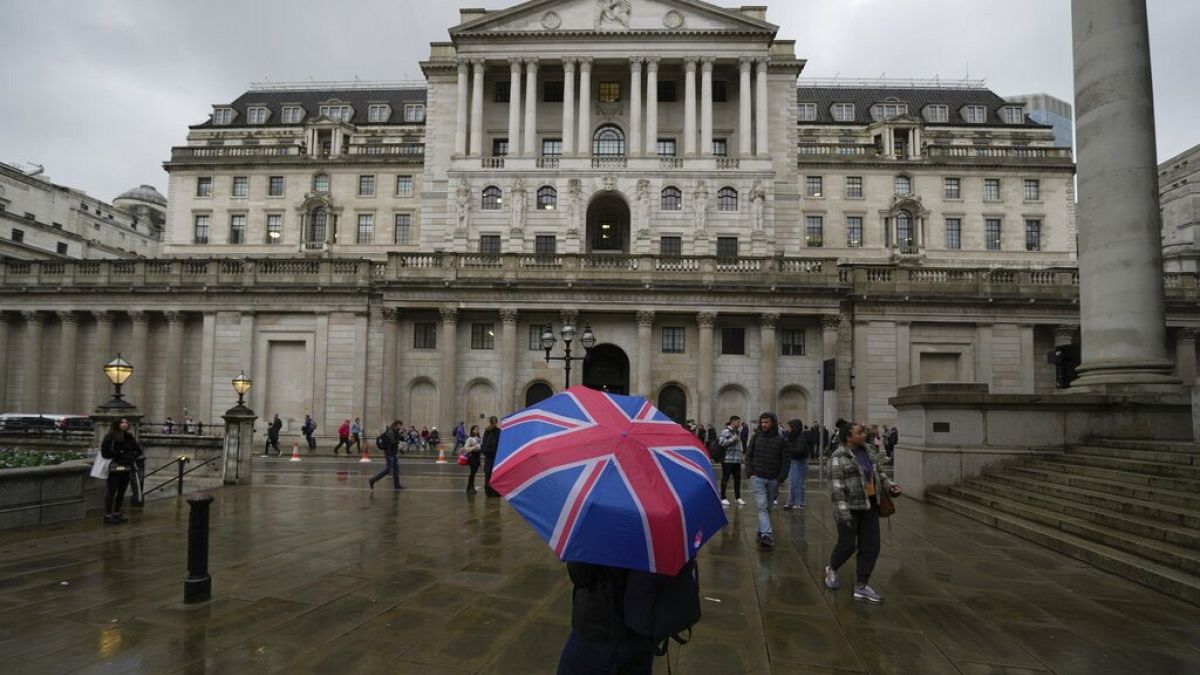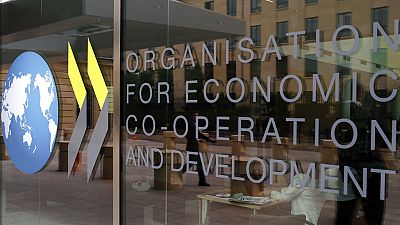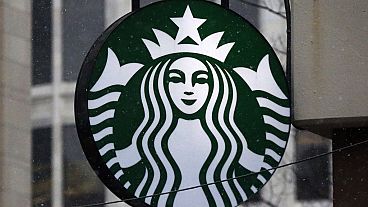UK gross domestic product figures showed a rise in November, boosted by a strong month in services and production
UK month-on-month gross domestic product (GDP) figures for November were given a boost to 0.3%, up from -0.3% in October. The rise was also above analyst estimates of 0.2% and was mainly due to the services sector, which rose by about 0.4%, up from -0.1% in October.
Production output also inched up by 0.3%, up from -1.3% in the previous month, while the construction sector fell more slowly, at -0.2%, instead of -0.4% in October.
Year-on-year GDP numbers came in at 0.2%, matching consensus estimates, as well as above October’s -0.1%.
Month-on-month industrial production for November was also revealed to be 0.3%, in line with estimates, and quite a step above October 2023 -1.3%.
UK year-on-year industrial production for November was -0.1%, a step up from -0.5% in the previous month. This was, however, some way down from analyst expectations of 0.7%.
Month-on-month manufacturing production for November was 0.4%, a climb from October’s -1.2%, as well as above market expectations of 0.3%.
Is the UK economy finally stabilising?
The figures could point towards the UK economy finally starting to recover from the lingering effects of the COVID-19 pandemic, as well as the energy crisis and sustained monetary tightening by the Bank of England (BoE).
With UK headline inflation also dropping to 3.9% in November, it is now no longer considered to be facing exceptionally high inflation compared to other developed countries.
However, other factors such as robust service price rises, a tight labour market and companies continuing to protect their margins by passing on costs to consumers, could see core inflation higher for longer.
KPMG UK has forecast a UK gross domestic growth of around 0.5% in 2024, rising to 1% in 2025. However, one of the biggest deciding factor facing companies this year could be whether to raise prices in order to strengthen profit margins, or to cut back on staff, if demand does not pick up as expected.
If these factors were to occur simultaneously, consumers could face twin blows of both higher prices and rising unemployment or layoffs.
According to the Vice Chair and Chief Economist of KPMG UK, Yael Selfin: "UK economic activity has outperformed expectations, but the outlook remains weak and vulnerable to shocks. Risks to the outlook are skewed to downside, and stem from more persistent inflation, delayed impact of monetary policy and structural weakness of labour supply."
However, analysts at Investec and Deutsche Bank, as well as the Oxford Economics consultancy, say the outlook may be more positive; they see inflation shrinking to about 2% by April this year. If so, that would finally meet the Bank of England’s inflation target, and could prompt the central bank to start cutting interest rates sooner than expected.



